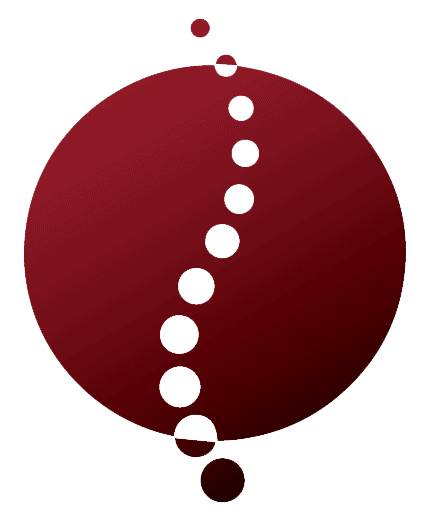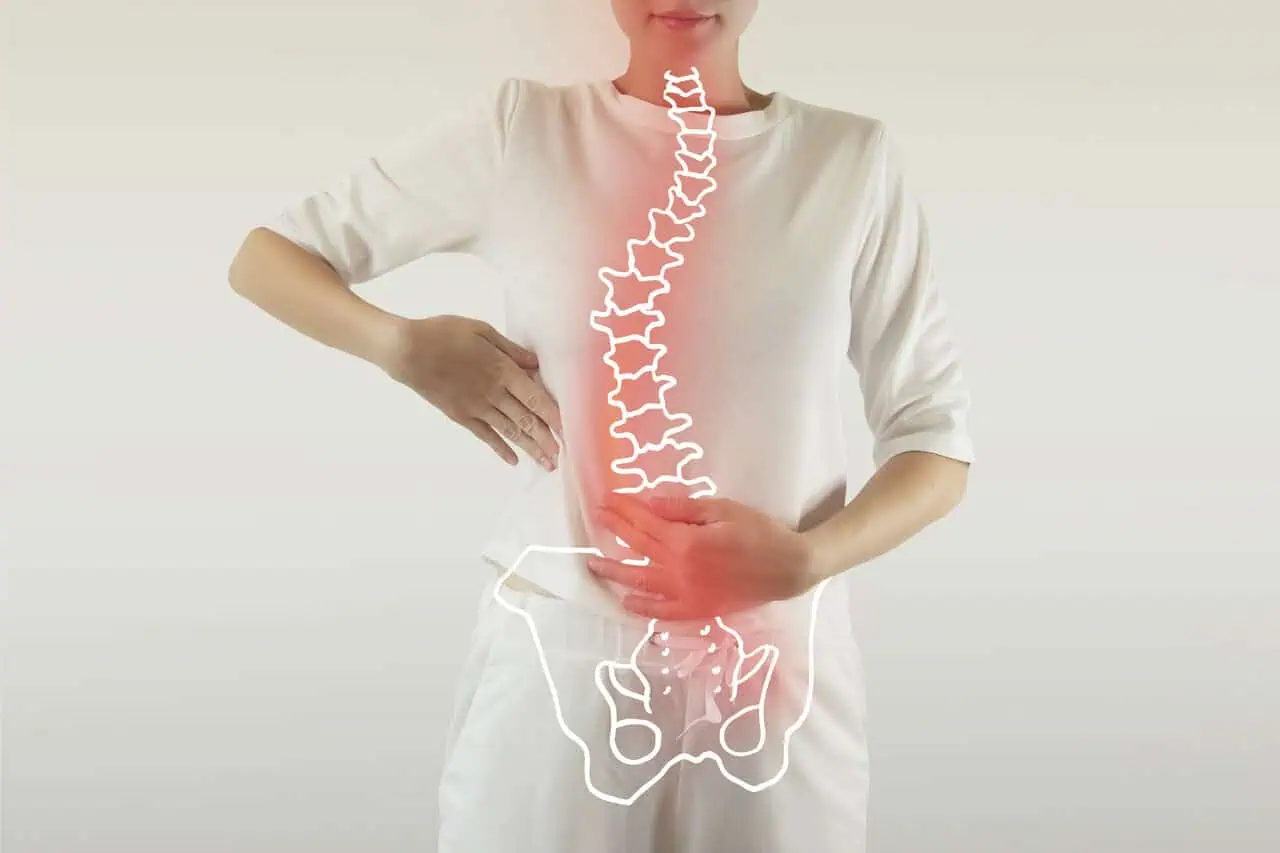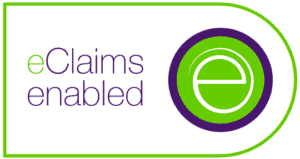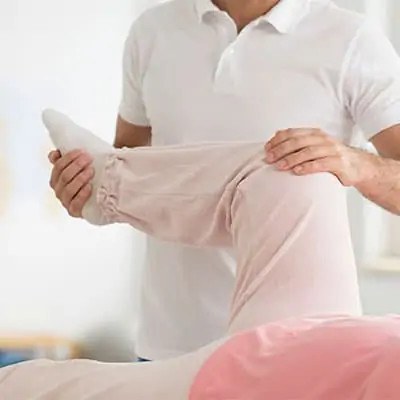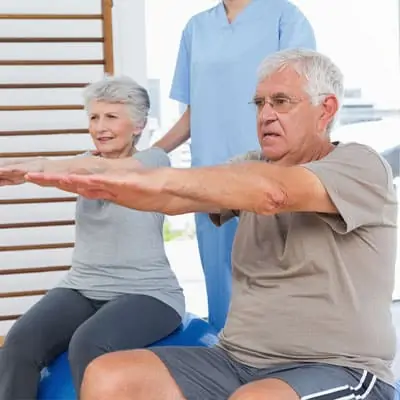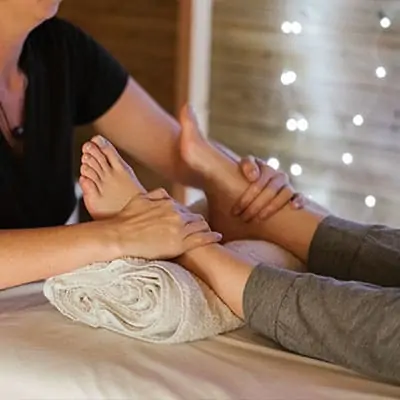Understanding Scoliosis
What is Scoliosis?
Scoliosis is a medical condition characterized by an abnormal curvature of the spine. Instead of a natural “S” or “C” shape when viewed from the side, a spine affected by scoliosis curves sideways in an “S” or “C” shape when viewed from the front or back. This curvature can occur at any part of the spine but is most commonly found in the thoracic (mid-back) or lumbar (lower back) regions.
Scoliosis can vary in severity, with some individuals experiencing mild curves that do not cause significant issues, while others may have more severe curves that can lead to complications. For more information on the symptoms and signs of scoliosis, visit our article on scoliosis symptoms.
Types of Scoliosis
There are several types of scoliosis, each with different causes and characteristics. Understanding these types can help in identifying the underlying cause and determining the appropriate treatment approach.
Idiopathic Scoliosis
Idiopathic scoliosis is the most common type, accounting for about 80% of all scoliosis cases. The term “idiopathic” means that the exact cause is unknown. This type is further categorized based on the age of onset:
| Idiopathic Scoliosis Type | Age Range |
|---|---|
| Infantile | 0-3 years |
| Juvenile | 4-10 years |
| Adolescent | 11-18 years |
| Adult | 18+ years |
Adolescent idiopathic scoliosis is the most prevalent among these categories. For more details on idiopathic scoliosis, visit scoliosis in children and scoliosis in adults.
Congenital Scoliosis
Congenital scoliosis results from malformations of the spine that occur during fetal development. These spinal deformities are present at birth and can range from mild to severe. The condition may be associated with other congenital disabilities and often requires early intervention to manage the spinal curvature and prevent complications.
Neuromuscular Scoliosis
Neuromuscular scoliosis is associated with neuromuscular disorders such as cerebral palsy, muscular dystrophy, or spinal muscular atrophy. These conditions weaken the muscles that support the spine, leading to an abnormal curvature. This type of scoliosis often progresses rapidly and may require surgical intervention to manage the curvature and improve quality of life.
Understanding the different types of scoliosis is crucial for determining the appropriate diagnostic and treatment strategies. For more information on the causes of scoliosis, visit our article on scoliosis causes.
Causes of Scoliosis
Scoliosis is a complex condition with multiple underlying causes. Understanding these causes can help you better manage and treat the condition. This section delves into the primary causes of scoliosis.
Idiopathic Scoliosis
Idiopathic scoliosis is the most common type, accounting for approximately 80% of all scoliosis cases. The term “idiopathic” means that the exact cause is unknown. This type usually appears in adolescents during their growth spurts.
| Type | Percentage of Cases |
|---|---|
| Idiopathic Scoliosis | 80% |
Idiopathic scoliosis is often detected during routine physical exams or scoliosis screening in schools. Early detection is crucial for effective management. If you suspect this condition, consult with a healthcare professional for proper diagnosis.
Congenital Scoliosis
Congenital scoliosis occurs due to malformations in the spine present at birth. These malformations can include fused vertebrae or missing vertebrae. This type is relatively rare compared to idiopathic scoliosis.
| Type | Frequency |
|---|---|
| Congenital Scoliosis | Rare |
Congenital scoliosis can be detected through prenatal imaging or shortly after birth. Treatment options often depend on the severity of the malformation and may include surgical interventions.
Neuromuscular Scoliosis
Neuromuscular scoliosis is associated with neurological or muscular conditions such as cerebral palsy, muscular dystrophy, or spinal cord injuries. These underlying conditions affect muscle control and spinal alignment.
| Type | Associated Conditions |
|---|---|
| Neuromuscular Scoliosis | Cerebral Palsy, Muscular Dystrophy, Spinal Cord Injuries |
Managing neuromuscular scoliosis often involves a multidisciplinary approach, including physical therapy and sometimes surgical treatment. For more information on managing this type, visit our article on scoliosis physical therapy.
Understanding the causes of scoliosis helps in tailoring the right scoliosis treatment for your specific situation. Whether it’s idiopathic, congenital, or neuromuscular, knowing the root cause can guide effective management strategies.
Risk Factors
Understanding the risk factors for scoliosis can help you better comprehend the condition and its potential impact. Several factors can increase the likelihood of developing scoliosis, including age and growth, genetics, and gender.
Age and Growth
Age and growth play a significant role in the development of scoliosis. The condition often becomes noticeable during periods of rapid growth, such as adolescence. Children and teenagers are particularly vulnerable, especially during their growth spurts.
| Age Group | Onset Likelihood (%) |
|---|---|
| Children (0-10 years) | 5-10 |
| Adolescents (10-18 years) | 80-85 |
| Adults (18+ years) | 5-10 |
For more information on how scoliosis affects different age groups, visit our article on scoliosis in children and scoliosis in adults.
Genetics
Genetics is another crucial factor in the development of scoliosis. If you have a family history of scoliosis, there is a higher chance that you or your children may develop the condition. Specific genes are associated with the onset of scoliosis, although the exact genetic mechanisms are still under research.
| Family History | Risk Increase (%) |
|---|---|
| No Family History | 1-3 |
| One Affected Parent | 10-20 |
| Both Parents Affected | 30-50 |
Learn more about how genetics influence scoliosis by reading our article on scoliosis causes.
Gender
Gender also plays a role in the likelihood of developing scoliosis. Studies show that girls are more likely to develop scoliosis than boys, and they are also more likely to experience a progression of the curvature.
| Gender | Onset Likelihood (%) |
|---|---|
| Boys | 35-40 |
| Girls | 60-65 |
For additional insights on scoliosis and its risk factors, check out our detailed article on scoliosis risk factors.
By understanding these risk factors, you can take proactive steps in monitoring and managing scoliosis. Regular scoliosis screening and early scoliosis diagnosis can make a significant difference in treatment outcomes.
Diagnosis and Screening
Diagnosing scoliosis early is crucial for effective treatment and management. This section outlines the methods used in the diagnosis and screening process.
Physical Examination
A physical examination is often the first step in diagnosing scoliosis. During the exam, your healthcare provider will observe your posture and spine alignment. They may ask you to perform simple movements to assess the curvature and flexibility of your spine. One common test is the Adam’s Forward Bend Test, where you are asked to bend forward at the waist while your physician examines your back for any asymmetry.
| Examination Method | Key Observations |
|---|---|
| Visual Inspection | Shoulder height, waist symmetry |
| Adam’s Forward Bend Test | Rib hump, uneven back |
Imaging Tests
Imaging tests provide a more detailed view of the spinal curvature and are essential for confirming a scoliosis diagnosis. The most commonly used imaging test is an X-ray, which can reveal the degree of curvature in the spine. Your doctor may also use MRI or CT scans for a more comprehensive evaluation, especially if other spinal conditions are suspected.
| Imaging Test | Purpose |
|---|---|
| X-ray | Measure curvature degree |
| MRI | Assess spinal cord and nerves |
| CT Scan | Detailed cross-sectional images |
For more information on how these imaging tests are performed, visit our article on scoliosis diagnosis.
Monitoring Progression
Once scoliosis is diagnosed, your healthcare provider will monitor the progression of the spinal curvature over time. Regular follow-up visits are essential to track any changes and adjust treatment plans accordingly. The frequency of monitoring depends on factors such as age, the severity of the curve, and the type of scoliosis.
| Monitoring Frequency | Factors |
|---|---|
| Every 4-6 months | Growing children, moderate curves |
| Annually | Adults, stable curves |
Monitoring helps in determining the best course of action, whether it be observation, bracing, or surgery. For more details on treatment options, check out our article on scoliosis treatment.
Understanding the diagnostic process can help you navigate the complexities of scoliosis care. Regular check-ups and timely imaging tests are crucial for effective management and improved outcomes.
Treatment Options
When it comes to treating scoliosis, there are several options available depending on the severity of the condition and the individual needs of the patient. Here, we explore three primary treatment options: observation and monitoring, bracing, and surgery.
Observation and Monitoring
For individuals with mild scoliosis, observation and monitoring may be recommended. This approach involves regular check-ups with your healthcare provider to track the progression of the curve. Monitoring is particularly important during periods of rapid growth, such as adolescence, as scoliosis can worsen during these times.
| Severity | Monitoring Frequency |
|---|---|
| Mild (10° – 20°) | Every 4-6 months |
| Moderate (21° – 40°) | Every 3-4 months |
| Severe (> 40°) | As recommended by specialist |
Observation and monitoring allow your healthcare provider to determine if other treatments, such as bracing or surgery, are necessary at a later stage.
Bracing
Bracing is commonly used for children and adolescents with moderate scoliosis who are still growing. The goal of bracing is to prevent further curvature of the spine as the individual matures. Braces are typically worn for a specified number of hours each day and may be removed for certain activities.
| Brace Type | Recommended Usage |
|---|---|
| Full-time Brace | 16-23 hours/day |
| Nighttime Brace | 8-10 hours/night |
Bracing is a non-invasive treatment option that can be effective in halting the progression of scoliosis. For more details on different brace types, you can read our article on scoliosis brace.
Surgery
Surgery is usually considered for severe scoliosis cases, particularly when the curvature exceeds 40 degrees and continues to progress despite other treatments. The most common surgical procedure for scoliosis is spinal fusion, where the vertebrae are fused together to correct and stabilize the spine.
| Surgery Type | Indications | Recovery Period |
|---|---|---|
| Spinal Fusion | Curves > 40° | 6-12 months |
| Growing Rods | Young children | Periodic adjustments as child grows |
Surgery carries risks and requires a significant recovery period. However, it can provide substantial correction and help improve the quality of life for individuals with severe scoliosis. For more information on what to expect during the surgical process, visit our article on scoliosis treatment.
By understanding these treatment options, you can make informed decisions about managing scoliosis based on your individual needs and the severity of your condition. For additional resources and support, explore our articles on scoliosis exercises and scoliosis pain.
Lifestyle and Management
Managing scoliosis involves a multifaceted approach that addresses physical, emotional, and psychological well-being. This section covers essential aspects of lifestyle and management for those living with scoliosis.
Physical Therapy and Exercises
Physical therapy plays a crucial role in managing scoliosis. Specific exercises can help improve posture, increase flexibility, and strengthen the muscles supporting the spine. A well-designed physical therapy program can aid in reducing the severity of the curvature and alleviate discomfort.
| Type of Exercise | Benefits |
|---|---|
| Stretching | Increases flexibility, reduces muscle tension |
| Strengthening | Enhances muscle support for the spine |
| Balance Training | Improves overall stability and posture |
For more detailed exercise routines, visit our article on scoliosis exercises.
Pain Management
Pain management is a significant aspect of scoliosis treatment. Various methods can help alleviate pain associated with scoliosis, ensuring a better quality of life.
- Medications: Over-the-counter pain relievers or prescribed medications.
- Physical Therapy: Regular sessions to relieve tension and improve muscle function.
- Massage Therapy: Helps in reducing muscle stiffness and pain. Learn more about scoliosis massage therapy.
Consult with a healthcare provider to determine the best pain management strategy for your specific needs.
Psychological Support
Living with scoliosis can be challenging, not just physically but emotionally. Psychological support is essential for maintaining mental health and well-being.
- Counseling: Speaking with a mental health professional can provide emotional support and coping strategies.
- Support Groups: Connecting with others who have scoliosis can offer a sense of community and shared experiences.
- Educational Resources: Gaining knowledge about scoliosis and its management can empower you to take control of your health. Explore our resources on scoliosis awareness.
By incorporating physical therapy, effective pain management, and psychological support, you can better manage the symptoms and challenges associated with scoliosis. For a comprehensive guide on managing scoliosis, visit our article on scoliosis management.
